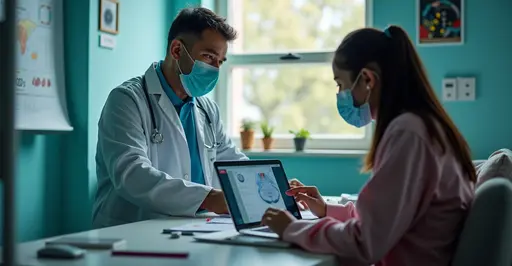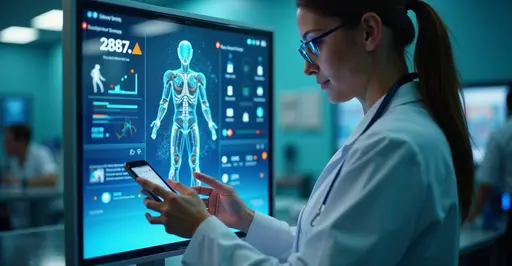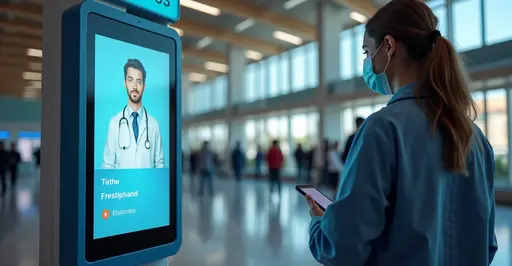New telemedicine trials in rural regions use remote diagnostics and AI to improve healthcare access. Initiatives reduce specialist shortages and patient transfers while facing infrastructure and cost challenges. Future developments include 5G-enabled tools and wearable tech.

Telemedicine Trials Launch in Rural Regions
New telemedicine trials are launching in rural regions worldwide, aiming to address healthcare access disparities through remote diagnostics. These initiatives enable real-time consultations with specialists, remote patient monitoring, and AI-assisted diagnostics. For example, telecardiology programs in the Midwest U.S. have reduced stroke treatment delays from hours to minutes by enabling "golden hour" interventions. Similar programs in Nepal use AI-powered retinal scans to detect diabetic retinopathy with 98.57% sensitivity.
How Remote Diagnostics Work
Using IoT devices and mobile applications, patients in remote areas can now:
- Transmit vital signs to specialists in real-time
- Receive AI-powered preliminary diagnoses
- Access specialist consultations via video conferencing
- Use store-and-forward technology for non-urgent cases
A recent systematic review found telehealth reduced unnecessary patient transfers by 37% in critical access hospitals.
Overcoming Implementation Barriers
Despite promising results, challenges remain:
- Infrastructure: 24% of rural areas lack broadband meeting telehealth requirements
- Costs: Setup ranges from $17,000-$50,000 with $60,000+ annual subscriptions
- Training: New Mexico's "Telehealth Frontier" program shows clinician training boosts adoption by 68%
Policy solutions include revised Medicare reimbursement models and regional telehealth networks like the Great Plains Telehealth Resource Center.
Future Outlook
Ongoing trials focus on:
- 5G-enabled remote ultrasound education
- Wearable smart socks for vascular disease monitoring (95.83% accuracy)
- Generative AI for low-bandwidth diagnostics
As WHO Director-General Dr. Tedros noted: "Telemedicine isn't just technology—it's health equity in action."

 Nederlands
Nederlands English
English Français
Français Deutsch
Deutsch Español
Español Português
Português






